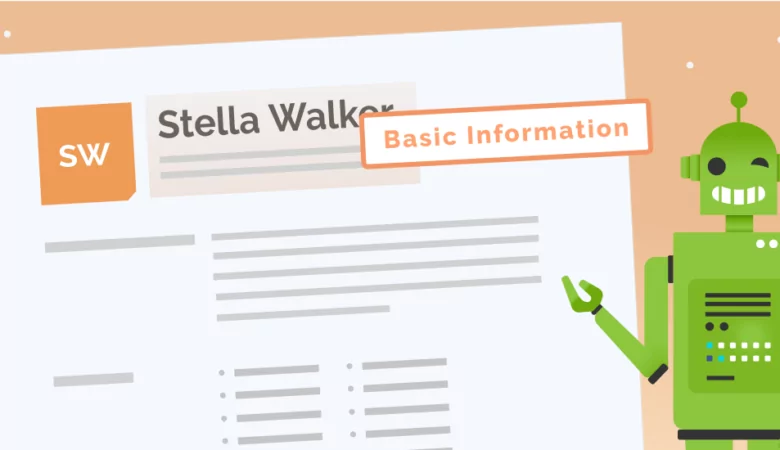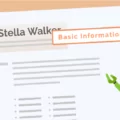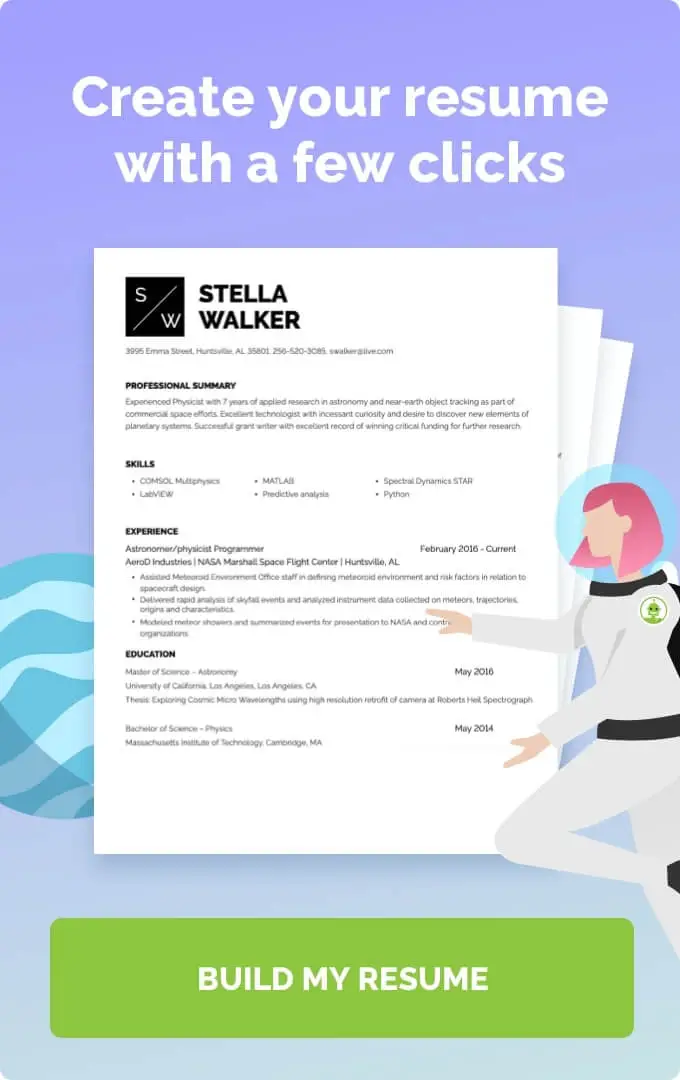A summary of qualifications is an important component of your resume. Follow these tips to ensure you showcase your strengths in your summary.

How to Write Your Summary of Qualifications
Summary of Qualifications
No job application is complete without a professional resume and cover letter. But, when deciding on the sections of your resume, there are many elements to consider. For instance, it’s key to select the right resume format to highlight your strengths and show you can excel in the role. A qualifications summary is a section you can add to your resume (and is usually featured in functional or combination resume formats). This section allows you to highlight your most notable achievements, and skills at the top of your resume, where they will be visible to the recruiter. But what does a qualifications summary look like? How do you choose what to write? This guide will help you decide if you need a summary of qualifications and how to make the most of this section if you choose to include one.

What Is a Summary of Qualifications?
A summary of qualifications is a short section of your resume that acts as a summary statement. It highlights your key strengths, usually in 4-6 bullet points. This can be related to your skillset or specific key achievements.
This section usually sits right underneath your header, immediately visible after your contact information and links to social media or LinkedIn profiles. Since this is a summary section at the top of your resume, it takes the place of a resume summary or resume objective.
The aim is to capture the attention of the hiring manager by immediately framing you as an ideal candidate. These bullet points should be directly relevant to the job description that you are applying for. As the job seeker, you are picking out your top features and core competencies that show you’ll be perfect for the role.
Resume Objective or Summary vs Qualifications Summary
Either opt for a resume summary/objective or a qualification summary. You should not include both in your resume. The section you choose will depend on your strengths as a candidate.
A resume summary is the best choice if you have a long work history. In contrast, a resume objective is often helpful for entry-level candidates and those without much experience because it is a future-oriented statement outlining your goals and ambitions for your career.
If you believe you are a strong candidate with relevant skills, experience, and achievements to highlight to the hiring manager, then a qualifications summary is a good option. A good summary of qualifications picks out the most impressive elements of your professional career while still allowing you to build on these later in the resume sections for education, work history, and skills.
What To Put In Your Qualifications Summary
For a professional resume, it’s all about making the most of the space you have to demonstrate to the recruiter that they should offer you a job interview. A good summary entices the recruiter to read on and highlights skills and experiences that the job needs. Look over the job description for keywords in these areas, applying them to your summary. This will help it pass applicant tracking systems (ATS) that employers sometimes use to sift through resumes.
The best qualifications summaries will focus on your proven ability and performance track record. This is not the place to list transferable skills, or skills that are valuable for any job (such as communication skills and organizational skills). Save these skills for your skills section.
Here are some tips to consider:
-
Include 3-5 of your strongest relevant resume “highlights”:
Examine the job description or job posting for the key competencies that the employer is looking for. Match your strengths to these key competencies. These are the elements you should pick out and prioritize in your summary of qualifications.
Let’s see this in action with a specific resume example. Let’s say you are applying for a management role. Naturally, management experience and leadership skills are required to fulfill the role’s responsibilities. Rather than simply listing the skills you have, it’s better to use action verbs (e.g., “increased,” “implemented”) words and give giving evidence from your work history that prove you are suitable:
- Delivered several projects under budget and on time.
- nIncreased customer satisfaction rates by 20% over a 6-month period.
- Spearheaded employee training program.
- Implemented a new communication system to improve workflow.With bullet points like these, you imply your soft skills through relevant experience and achievements. These clearly and concisely demonstrate your professional suitability for the management role.
-
Use active voice:
Be proud of your abilities. Writing in the active voice instead of the passive voice helps to communicate what you did more clearly. For example:
Passive voice: A 20% increase in sales was achieved from 2020 to 2021.
Active voice: Achieved a 20% increase in sales from 2020 to 2021.The difference is subtle, but writing in the active voice adds weight to your statements when detailing your achievements.
-
Use quantifiable data:
Hiring managers like to see concrete examples of your career successes. So, any numbers you can attach to show your proven track record will catch their eye. This will vary depending on the role you are applying for. Sales professionals should talk about sales figures, marketing professionals may mention lead generation, and human resources professionals could refer to staff retention rates. Find details to support your achievements and show the recruiter why they should consider you.
-
Include your current job:
If your current job is especially relevant to the job description, use one bullet point in your summary of qualifications to reference this. Again, the focus is on drawing the line between your experience and the advertised role in this initial section. So, staying with our example of a management role, a bullet point could look like this:
- Seven years experience as a manager at [company name], overseeing a team of 10 employees.
This pinpoints the highlight for the recruiter. You can go into your specific responsibilities in your work experience section or your cover letter.
FAQ: Summary of Qualifications
A summary of qualifications is an excellent choice if you are a strong candidate with many achievements. They are great for demonstrating soft skills like interpersonal skills or work ethic if you have some evidence from previous experience. This way, you imply the skills instead of simply listing them. A resume format that includes a qualifications summary immediately highlights your successes to the recruiter.
The summary of qualifications is a short section to begin your resume. It should be no longer than 6 bullet points. You can review resume summary examples and summary of qualifications examples for ideas and guidance.
Remember to be specific and concise. Avoid broad, generic statements in favor of specific facts and figures. So, instead of saying you increased efficiency, you have a lot of experience, or you were involved in many projects, get specific and attach numbers to these claims.








